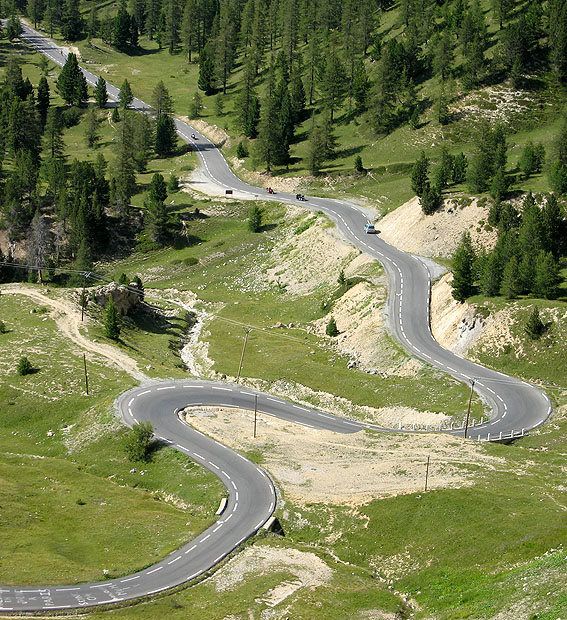Rule of Thirds
Divide your image into 9 equal segments by 2 vertical and 2 horizontal lines. You should position the most important elements along these lines, or at the intersecting points to add balance and interest to your photo.
Balancing Elements
Placing your main subject off-centremore interesting photos, but it can leave a void in the scene. You should balance the “weight” of your subject by adding another object of lesser importance to fill the empty space.
Leading Lines
When we look at a photo our eye is naturally drawn along lines. Thinking about how you place lines in your composition can affect the way we view the image. it can pull us into the picture, towards the subject, or on a journey “through” the scene. There are many different types of line – straight, diagonal, curvy, zigzag, radial etc.
Symmetry and Patterns
Symmetry and patterns, both natural and man-made, can make for very eye-catching compositions, especially in unexpected situations. Another great way to use them is to break the symmetry or pattern in some way, which introduces tension and a focal point to the scene.
Viewpoint
Take time to think about where you will take your from. Our viewpoint has a big impact on the composition of our photo, and can greatly affect the message it conveys. Consider photographing from high above, down at ground level, from the side, from the back, from a long way away, from very close up, and etc.
Background
Look around for a plain and unobtrusive background and compose your shot so that it doesn’t distract or detract from the subject.
Depth
Photography is a two-dimensional mediumm, so we have to choose our composition carefully to convey the sense of depth that was present in real life. You can create depth in a photo by including objects in the foreground, middle ground and background. Also use overlapping, where you deliberately partially obscure one object with another.
Framing
The world is full of objects which make perfect natural frames, such as trees, archways and holes. Placing these around the edge of the composition helps to isolate the main subject from the outside world. The image is more focused and draws your eye naturally to the main point of interest.
Cropping
A photo will often lack impact because the main subject is small and it becomes lost among its surroundings. Cropping tightly around the subject eliminates the background clutter, ensuring the subject gets the viewer’s undivided attention.
Experimentation
Experimenting with our photos’ composition is a smart thing to do. We can fire off tons of shots and delete the unwanted ones later. Take advantage of this and experiment with your composition.



































